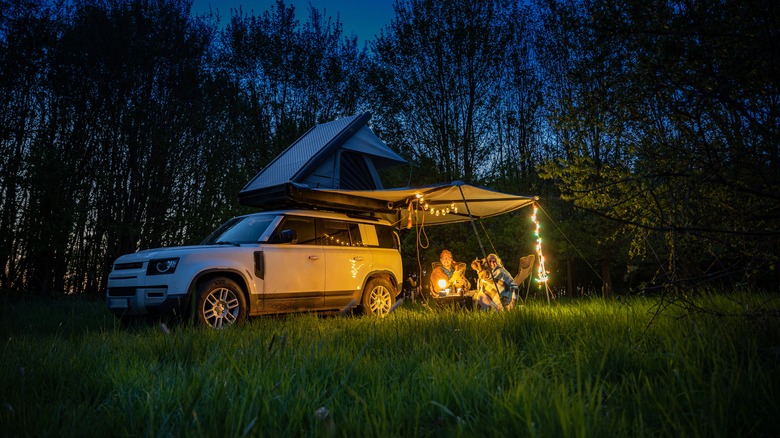Off-Grid Communication Is More Feasible Than Ever Before
We're all about trekking to far-flung locations, seeking adventure and exploring uncharted territory. The farther away, the better—getting off the grid comes with the territory. For many, isolation is a major perk, but that same freedom is a double-edged sword, when you're out of range you can't use your phone to call for help.
Government agencies often use satellite-based communications in war zones and other remote locations. The technology was established more than a decade ago, but the cost of powering a mobile satellite device eliminated them as a feasible option for the general public. Only recently has satellite communication become an affordable option for the average explorer, even those that spend most of the year on the grid.
DeLorme, a company specializing in mapping, GPS and satellite communications, has made off grid communication more affordable and flexible. Plan options start at $12 per month with an annual contract and unlimited text messaging plans are starting at $50 per month. The novel addition, though, is the Freedom Plan, which allows the user to pay only on the months they need service.
These flexible plans and durable devices are great for volunteers traveling to remote communities and adventure travelers. Hikers, campers, sailors and backcountry skiers and boarders might also find inReach useful. The two devices that work with the plans are the inReach SE (yellow) and the inReach Explorer (orange).
The inReach SE enables texting from even the most remote areas. With a clear view of the sky, you can send 160-character messages, view and share your coordinates and use the SOS feature to communication with a rescue team around the clock. This model is available for $300.
The Explorer model comes with additional features, including an on-screen map where you can plan and track your trip. This device comes equipped with a digital compass, barometric altimeter, and an accelerometer, which aid in tracking coordinates, elevation and speed. The Explorer model is available for $380.
Both devices are capable of sending and receiving text messages, communicating around the clock with the rescue center and posting updates to social media. The lithium battery can last up to 10 hours in tracking mode, with a clear view of the sky and the devices are waterproof, dust proof and impact resistant.
InReach has helped rescue several users, including an experienced pilot after his crash in Alaska, a rafter who sent an SOS signal from the Grand Canyon and a horse and rider after their slide down a canyon on the Pacific Crest Trail in California. Though rescue stories and trip updates are what the devices are typically used for, in one case a man used inReach to deliver a marriage proposal, from the summit of Mt. Kilimanjaro—she said yes.
